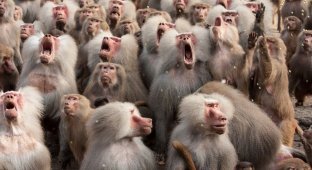Hierarchy within a flock of geese: even wolves have it easier! (8 photos)
A flock of wild geese is a noisy horde. In nature, their groups number from 20 to 50 individuals. Together, it is more convenient to search for food, fly and protect themselves from predators. To prevent the company from turning into an eternal fight and a farce, a complex hierarchy has formed within the goose community. 
They seem too busy to say hello to us... 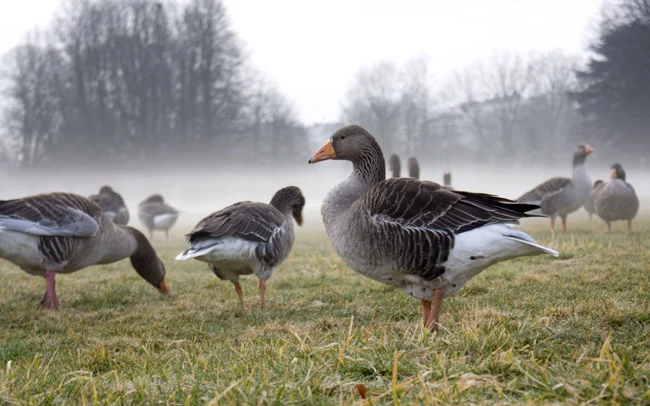
Grey geese travel in large flocks most of the year. Only during the breeding season do the birds break up into pairs.
To become successful in the society of geese, you need to do two things: get a mate and gain rich life experience. Accordingly, at the very bottom of the hierarchy vegetate young yellow-beaked ones. Having just got out from under the parental wing, they immediately sink to the social bottom. Moreover, females become lower than males automatically. But regardless of gender, they have a long way to go to win the respect of their fellows. 
I can’t bite other geese yet. So I’ll bite you!
Things change when a gander or a goose finds love. This usually happens in the 3rd or 4th year of life. A young couple becomes higher than singles. Moreover, the status of a female directly depends on who she marries. If love developed with an older and more experienced male, she will reap the laurels together with her other half. If she married a youngster, she will have to put up with hardships and chase away low-ranking singles. 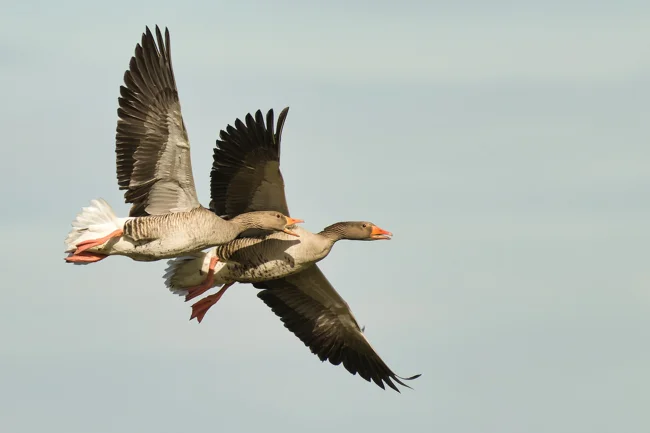
Honey, I'm only with you because of love! I don't give a damn that you are the main alpha of our pack, honestly!
But this does not mean that the young family will vegetate forever at the very foot of the Olympus of goose society. A gander can change the position of his mate. Most often, young individuals try to take what is theirs by force. Geese especially often attack relatives of equal or almost equal ranks. This is how the birds strengthen their position and slowly move up the hierarchical ladder. 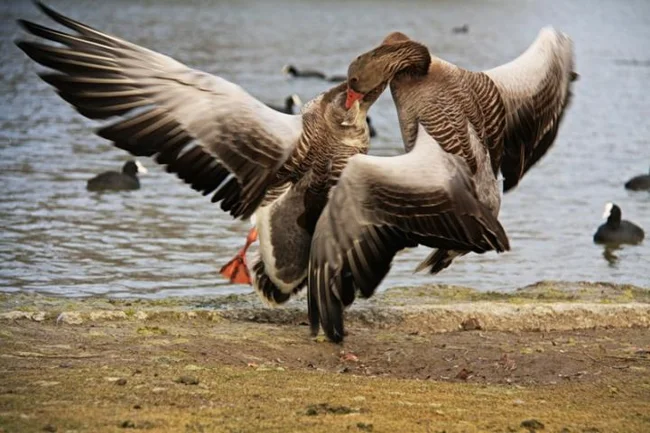
For a sweetheart and a yard, I bite point-blank!
But a youth full of strength and aggression will always lose to an experienced male. Geese respect age more than body size and weight category. What can you do to your opponent with your size, if you only have a handful of brains? In the struggle for power, you need not only strength, but also skill! 
Nikita, holy shit! I asked you to pick up our child from kindergarten on time! Now another dad has picked him up!
Another indicator of the success of a married couple is the number of children. A couple that successfully hatched chicks in the summer will always be higher than those who did not manage to do so normally. This starts a vicious circle: families that had a brood harass those who did not have children all winter. As a result, the former have a higher chance of having offspring the following year than the latter.
To avoid going crazy from hierarchical squabbles, the birds fight for their status in the summer. In winter, the status of a pair or an individual goose will remain almost unchanged. 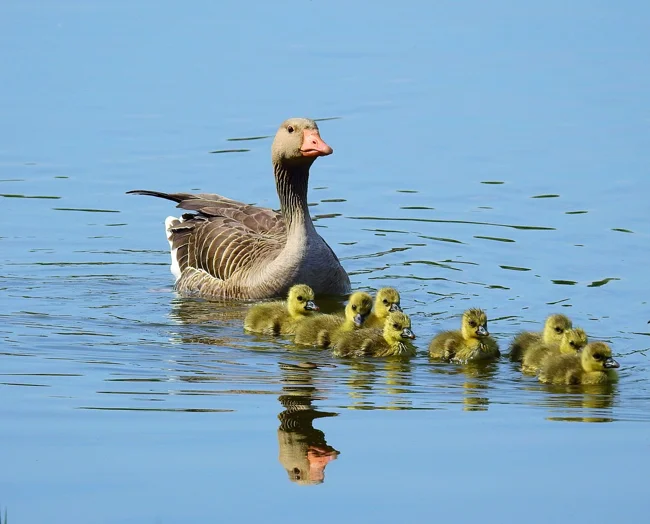
If the female is left alone while raising chicks, her status drops, but still remains higher than that of complete singles.
Is it difficult? It's like with people - a large clan community, a large number of problems. Geese have tried hard with status. But who then leads the goose flock? The ideal leader is an exemplary family man and an experienced gander. He has flown more than one hundred kilometers. He has raised more than one generation of chicks. He is always on guard for his wife, offspring and flock. 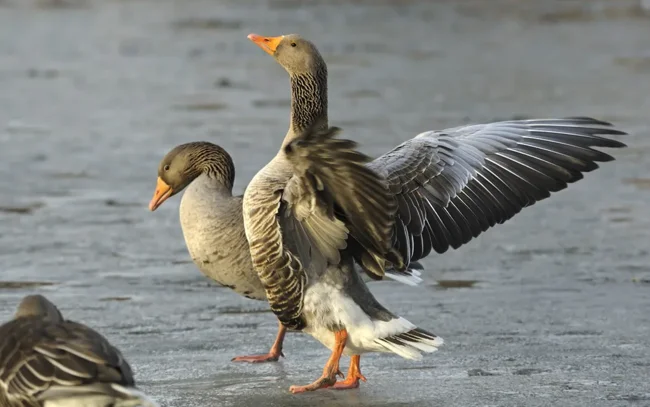
The photo shows a goose's triumphant gait. The male demonstrates it after defeating an enemy or rival. With his wings spread and his head raised, he runs screaming to his other half to show off his success.













